Aziksa Provides The Best Platform For Language Learning.

We Offer A Wide Range of Solutions
Today's companies face growing challenges to keep customers, partners and employees trained so their solution can be optimally used.
First, it is the ever increasing cost of managing training and second is to bring the customers, partners and employees to a location for classroom training.
E-learning courses have not been able to bring the classroom effectiveness due to lack of human connection and lack of labs for hands on exercises.
Audio Books
Audiobooks allow learners to hear fluent reading and experience books in a flexible format. Learners can listen to books above their reading level and may benefit from using audiobooks, as they are able to focus on their comprehension rather than decoding the text.
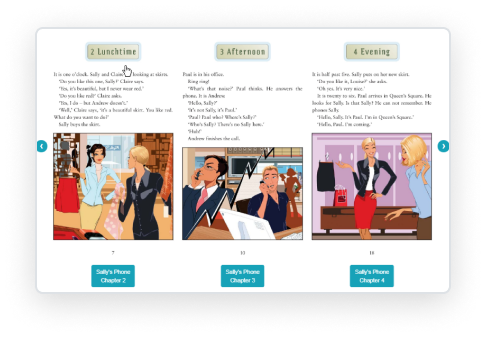

Accessible Vocabulary & Syntax
Using language that is accessible and appropriately leveled for each student allows all learners to feel successful and participate in learning.
Clear Structure & Presentation
Using language that is accessible and appropriately leveled for each student allows all learners to feel successful and participate in learning.


Competency-based Learning & Assessment
Competency-based learning is self-paced, focused on mastery, and centered around demonstrating learning outcomes and skills rather than where or how they were attained.
Cultural & Life Experiences Connections
Understanding adult's lived experiences and cultural backgrounds and connecting them to instructional practices helps all learners feel like valued members of the community.

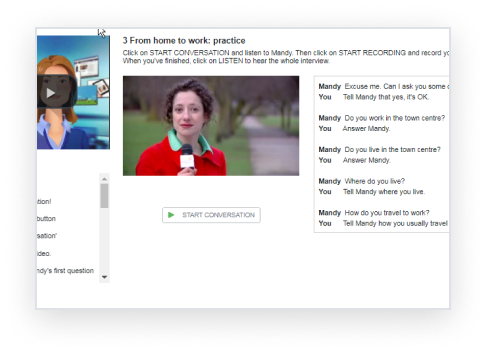
Experiential Learning
Experiential learning is learning by doing, which may include self- directed learning activities. Helping learners make sense of experiences is foundational to adult learning.
Have questions?
We can help answer all your questions.
Contact Us

Guided Practice
Opportunities for students to practice skills in context, with instructor support and independently, helps to move concepts and ideas into Long-term Memory.
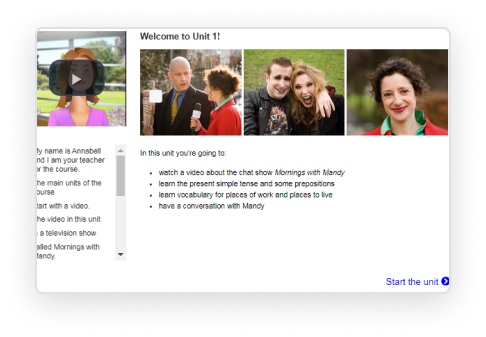
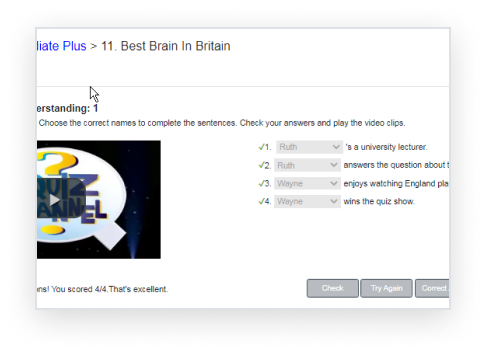
Immediate Feedback
Immediate feedback can improve a learner’s confidence, self-awareness and enthusiasm for learning, which leads to increased Motivation.
Self-monitoring
When adults monitor their comprehension, performance, and use of strategies when learning they become more invested in their work, build their Metacognition, and actively participate in the process.
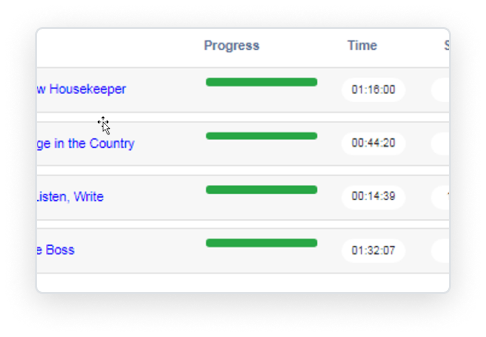

Speech-to-text
Speech-to-text takes the input from voice recognition and produces text. It recognizes the user’s voice and translates it into digitized text, which is different from voice recognition that could produce actions.
Download our Paper on The Framework.
Download


